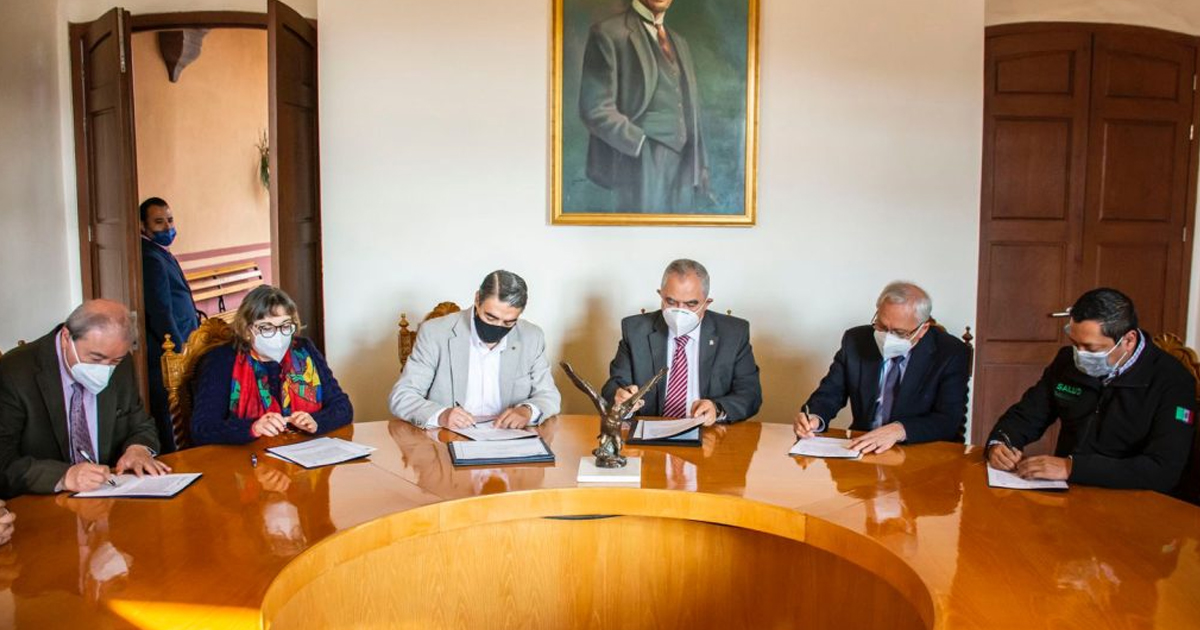Article published in The Lancet, discusses the types of technologies used in response to the pandemic, as well as prior preparation and challenges in implementing new Digital Health strategies going forward.
At the start of the health crisis and mass infections, treatment for COVID-19 was an unknown. Efforts for some time focused mainly on infection control and mitigation. Countries, usually islands, achieved good results using early surveillance, mass testing, contact tracing, and strict quarantine to name a few measures. The adoption of digital technology and its direct application in mobility and healthcare policies proved to be effective strategies: "Digital health technology can facilitate pandemic strategy and response in ways that are difficult to achieve manually," say the authors of the publication.

The Digital technology is a tool for pandemic preparedness and response. Available digital resources have been linked and integrated into surveillance and monitoring, testing, contact tracing, and quarantine tools.
For example, tracking strategies (either trackingconsist of monitoring the evolution of the disease in real time, for which digital technologies have been used such as: data dashboards; migration maps; machine learning; real-time data from smartphones and wearable technology. It has been successfully applied in Asian countries such as China, Singapore, and Taiwan, in Europe such as Sweden and in America by the United States.
On the other hand, screening for infection, which consists of screening the population for diseases, has been successfully applied in China, Iceland, Singapore and others. By using technology such as digital thermometers; cell phone apps; thermal cameras; Artificial Intelligence (AI) based toolkits; and web-based toolkits. However, it has some disadvantages such as poor ability to detect asymptomatic patients through self-reported symptoms or vital sign tracking.
The Contact tracingand tracking is undoubtedly one of the pillars for the control of an epidemic in any region. Through GPS or location systems based on cell phone applications that detect exposure to the virus and remote monitoring applications, it is possible to identify exposed or infected persons, to subsequently apply tests and request home isolation.
As for quarantine and self-isolation, Digital Health has offered some solutions. In this way, it is possible to isolate infections in the most effective way, together with policies restricting travel outside the country. This type of strategies have been applied in countries that have managed the health situation in a great way, some with greater ease because they are islands, such as Australia, Iceland, Taiwan, however, it has also been applied in countries such as China or South Korea. These countries have used AI, cameras and recorders, GPS systems, mobile apps and rapid response codes.
The Clinical managementhas also made significant progress during the pandemic by seeking timely diagnosis of infected patients and monitoring their clinical status. Through AI, scientists have made progress in predicting the evolution of the disease. Moreover, healthcare services have integrated telemedicine and virtual care services. Successfully applied in Australia, Canada, the United States and Ireland.






